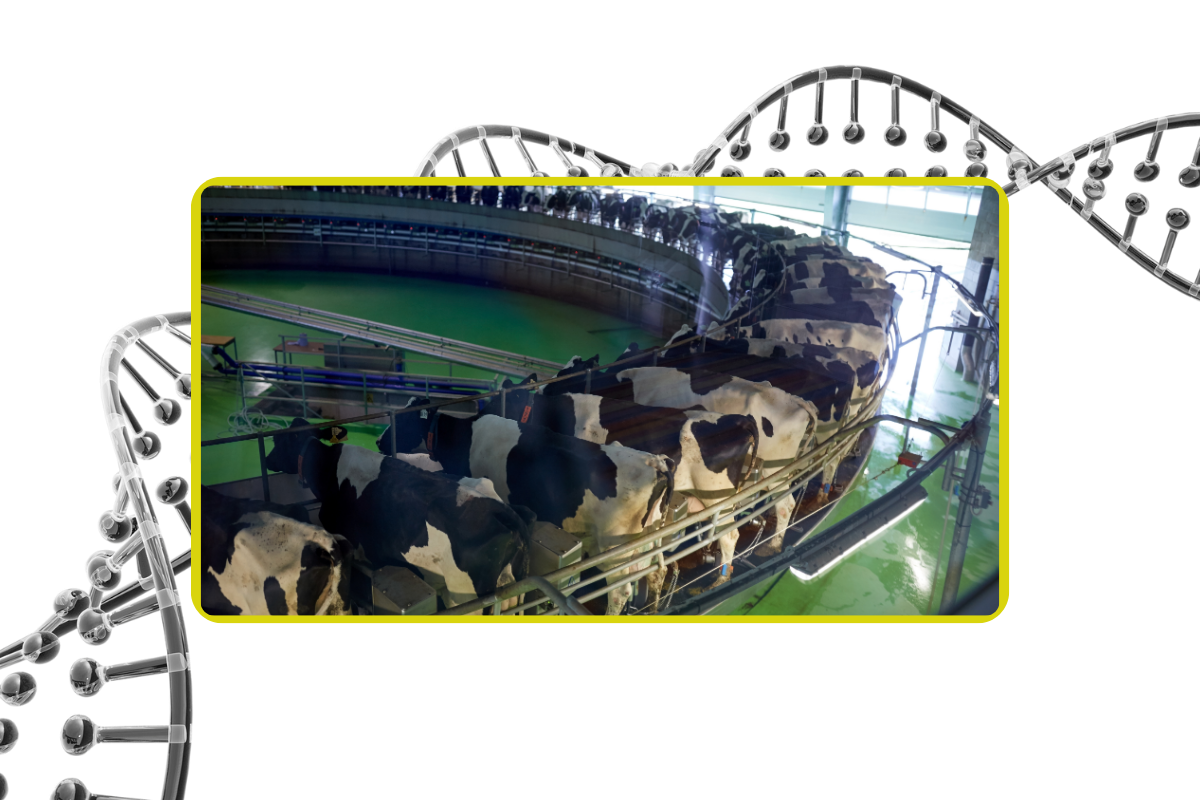Dairy Farming Technology Innovations include Smart Environmental Monitoring, Advanced feeding, Robotic milking, Metabolite Detection, Enhanced Milk Freshness, Health Management, Waste Management
and AI.
Dairy Farmers are automating processes using technologies like IoT, AI, Data analytics, and machine learning.
Introduction: Dairy Farming Technology Innovations
In the rapidly evolving world of agriculture, the dairy farming industry has been at the forefront of technological advancements.
As consumers demand more sustainable, efficient, and high-quality dairy products, dairy farmers have been compelled to embrace innovative technologies that streamline operations, enhance productivity, and improve animal welfare.
This blog post will explore some of the cutting-edge dairy farm technologies that are revolutionizing the industry and shaping the future of dairy farming.
Precision Farming and Data-Driven Decision Making
One of the most significant technological advancements in dairy farming is the integration of precision farming techniques.
Precision farming leverages a range of sensors, GPS systems, and data analytics to provide farmers with detailed, real-time information about their herd and farm operations.
By collecting and analyzing data on factors such as animal health, milk production, feed consumption, and environmental conditions, dairy farmers can make more informed decisions and optimize their operations.
Automated Milking Systems
Robotic milking systems, also known as automatic milking systems (AMS), have become increasingly popular in dairy farms.
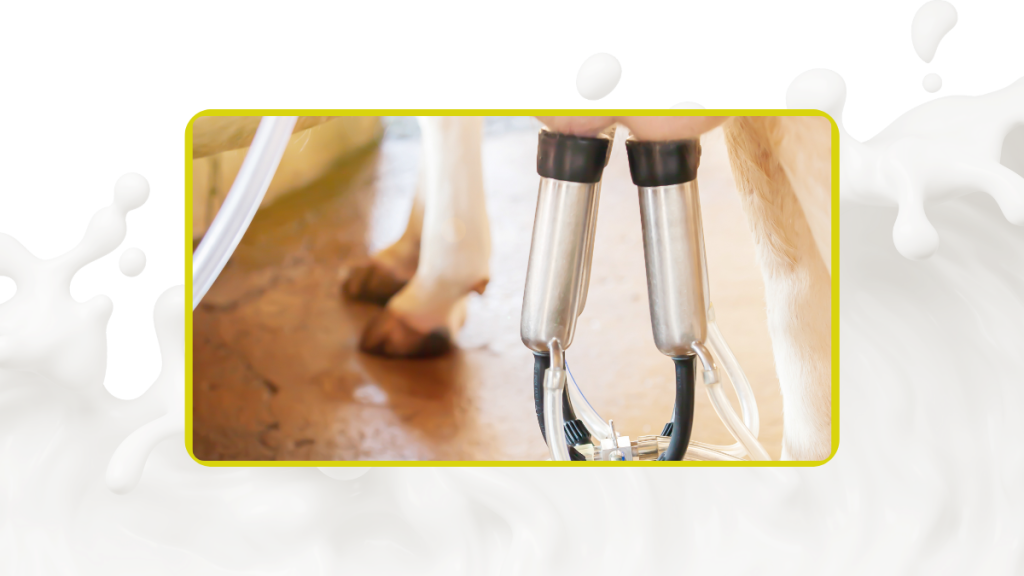
These advanced systems use sensors and computerized controls to automate the milking process, allowing cows to be milked on their schedule without the need for manual labor.
This not only reduces the physical strain on farmers but also improves the consistency and efficiency of the milking process, leading to increased milk yields and better herd health.
Herd Health Monitoring
Precision farming technologies also enable dairy farmers to closely monitor the health and well-being of their herd.
Wearable devices, such as activity trackers and rumination sensors, provide real-time data on each cow’s behavior, feeding patterns, and overall health status.
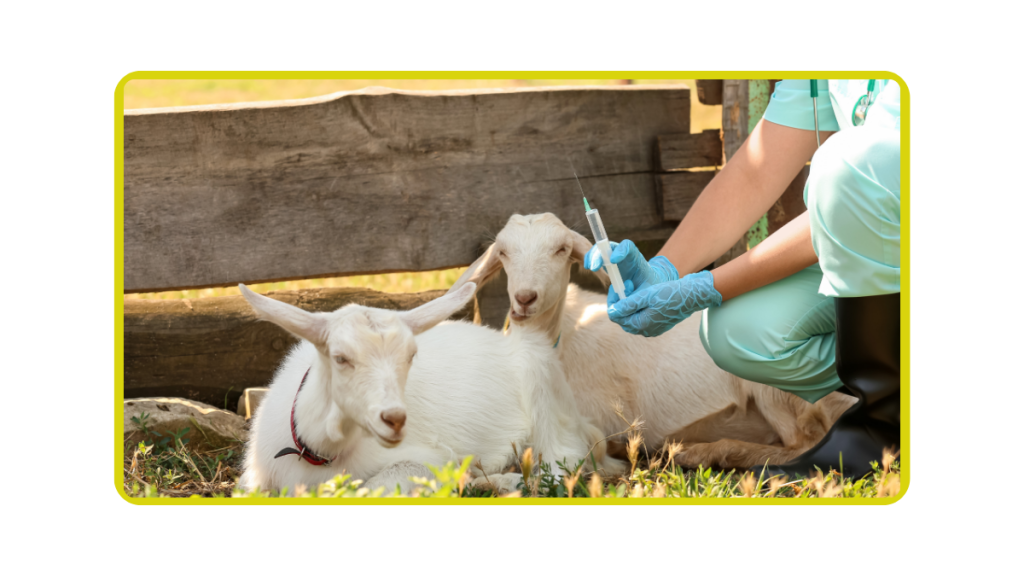
By analyzing this data, farmers can quickly identify any issues or potential problems, allowing them to intervene and provide targeted treatment or preventive care, improving animal welfare and reducing the risk of disease outbreaks.
Automated Cow Brushes and Scratcher Systems
Automated cow brushes and scratcher systems provide cows with a comfortable and convenient way to groom themselves, improving their overall health and reducing the risk of skin irritation and infections.
Enhancing Herd Genetics and Breeding
Advancements in genetic technologies have also had a significant impact on dairy farming.
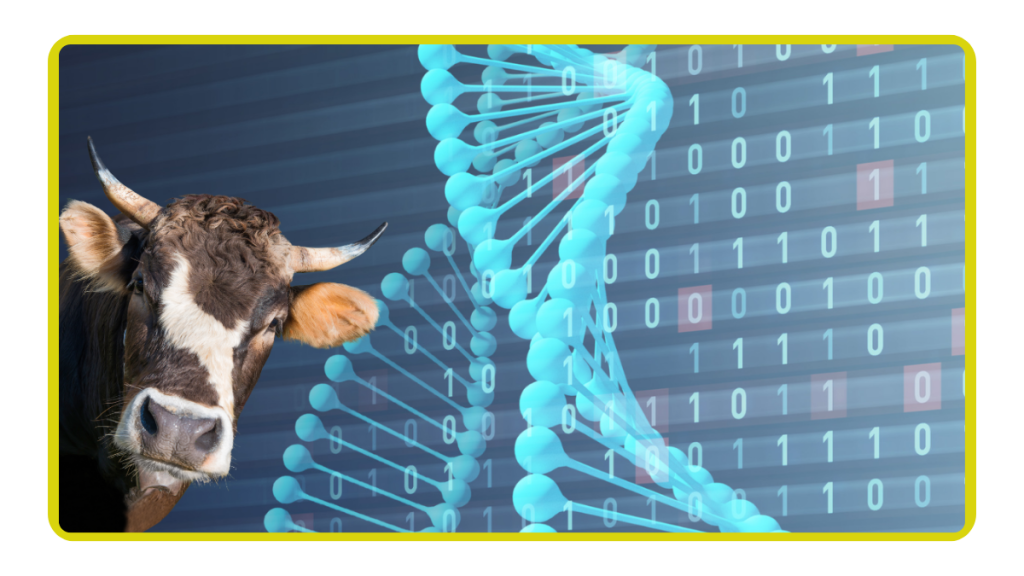
Dairy farmers are now able to leverage DNA testing and genomic selection to identify and breed superior cows with desirable traits, such as higher milk production, improved feed efficiency, and greater disease resistance.
Genomic Selection
Genomic selection is a powerful tool that allows dairy farmers to make more informed breeding decisions.
By analyzing the genetic makeup of their herd, farmers can select sires and dams with the most favorable traits, accelerating genetic progress and improving the overall quality and productivity of the herd.
Embryo Transfer and In Vitro Fertilization
Innovative reproductive technologies, such as embryo transfer and in vitro fertilization (IVF), have also transformed dairy breeding practices.
These techniques enable dairy farmers to produce a greater number of high-quality offspring from their best cows, accelerating genetic improvements and increasing herd productivity.
Automated Feeding Systems
Another innovative technology in dairy farming is the use of automated feeding systems.
These systems utilize sensors, robotic arms, and computer-controlled feeders to precisely monitor and distribute feed to each cow based on their specific nutritional needs.
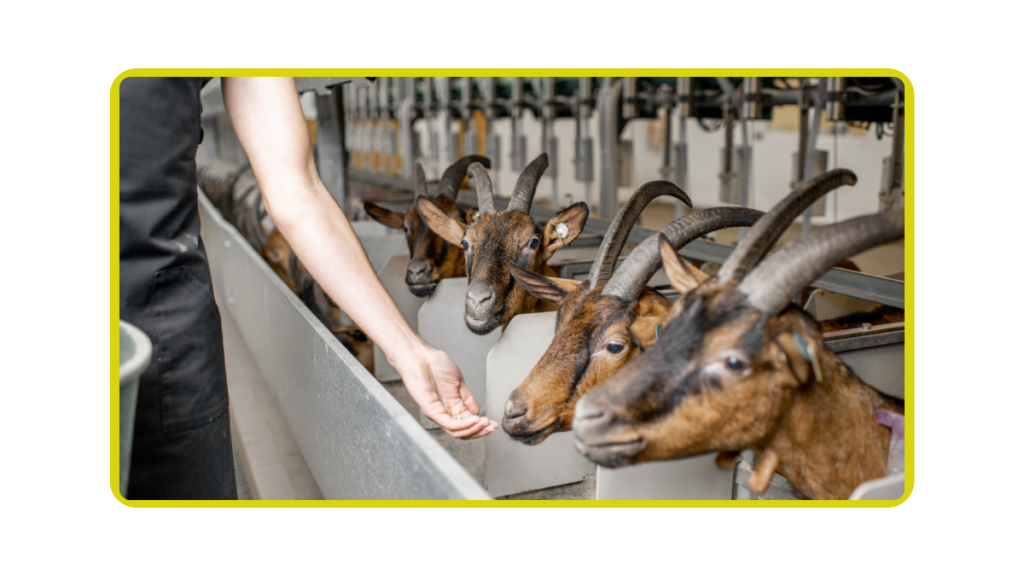
This not only ensures that each animal receives the optimal amount of nutrients but also reduces labor costs and minimizes feed waste, leading to improved feed efficiency and cost savings for the farm.
Precision Feeding and Nutrition Management
Optimal nutrition is crucial for maintaining the health and productivity of dairy cows.
Advances in precision feeding technologies have revolutionized the way dairy farmers approach herd nutrition management.
Automated Feed Mixing and Delivery
Automated feed mixing and delivery systems use sensors, robotic arms, and computer-controlled feeders to precisely measure, mix, and distribute feed to each cow or group of cows.
This ensures that the animals receive the right balance of nutrients, tailored to their specific requirements based on factors such as age, stage of lactation, and production level.
Precision Feeding Algorithms
Sophisticated algorithms and data analytics are now being used to develop personalized feeding plans for each cow in the herd.
By continuously monitoring factors like feed intake, milk production, and body condition, these algorithms can make real-time adjustments to the feed ratio, optimizing nutrient delivery and improving overall herd performance.
Enhancing Sustainability and Environmental Protection
As the dairy industry faces growing pressure to reduce its environmental impact, innovative technologies are playing a crucial role in promoting sustainable practices and environmental stewardship.
Manure Management Systems
Dairy farms generate significant amounts of manure, which can be a valuable resource when managed properly.
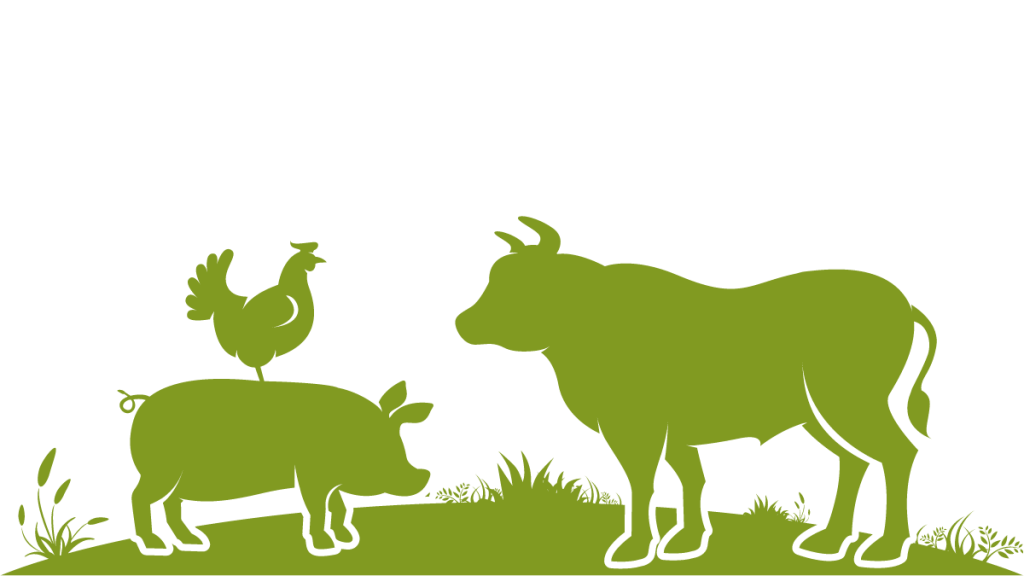
Advanced manure management systems, such as anaerobic digesters and nutrient recovery technologies, allow dairy farmers to convert manure into renewable energy, recover valuable nutrients for crop production, and minimize the environmental footprint of their operations.
Water Conservation and Recycling
Water is an essential resource in dairy farming, and innovative technologies are helping farmers to conserve and recycle water more efficiently.
Precision irrigation systems, water treatment and recycling technologies, and advanced monitoring tools enable dairy farmers to reduce their water usage, minimize waste, and ensure a sustainable water supply for their operations.
Improving Animal Welfare and Comfort
Dairy farmers are increasingly recognizing the importance of animal welfare and are adopting technologies that enhance the comfort and well-being of their herd.
Precision Climate Control Systems
Precision climate control systems, which include advanced ventilation, cooling, and heating technologies, help to maintain optimal environmental conditions within the dairy barn.
By regulating temperature, humidity, and air quality, these systems ensure that cows are comfortable and less stressed, leading to improved milk production and herd health.
Enhancing Farm Efficiency and Profitability
Ultimately, the adoption of innovative dairy farm technologies is driven by the need to improve the overall efficiency and profitability of dairy operations.
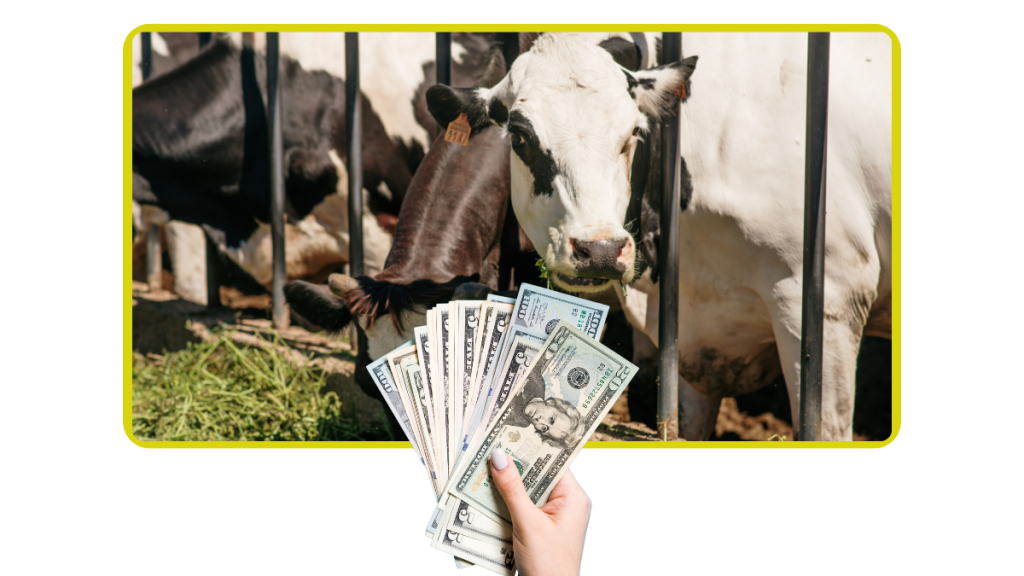
Predictive Maintenance and Automation
Predictive maintenance technologies, which use sensors and data analytics to monitor the condition of equipment and machinery, can help dairy farmers anticipate and prevent breakdowns, reducing downtime and maintenance costs.
Additionally, the integration of automation technologies, such as robotic milking systems and automated feed delivery, can significantly improve labor efficiency and reduce operational costs.
Data-Driven Decision Making
The wealth of data generated by precision farming technologies enables dairy farmers to make more informed, data-driven decisions.
By analyzing key performance indicators, such as milk production, feed efficiency, and herd health, farmers can identify areas for improvement, optimize their operations, and enhance the overall profitability of their dairy farms.
Conclusion
The dairy farming industry is undergoing a profound transformation, driven by the rapid adoption of innovative technologies.
From precision farming and data-driven decision-making to enhanced herd genetics and sustainable practices, these advancements are reshaping the way dairy farmers operate, improve animal welfare, and meet the growing demand for high-quality, sustainable dairy products.
As the industry continues to evolve, dairy farmers who embrace these technological innovations will be well-positioned to thrive in the years to come.
By leveraging the power of data, automation, and precision management, dairy farmers can enhance their operations, improve their environmental footprint, and deliver greater value to their customers and communities.
Here are the 10 Strategies to Boost Cow Dairy Farm’s Income.
Learn more about the Innovations in Cattle Farming: Application of Innovative Technologies and Sensors in the Diagnosis of Diseases.

